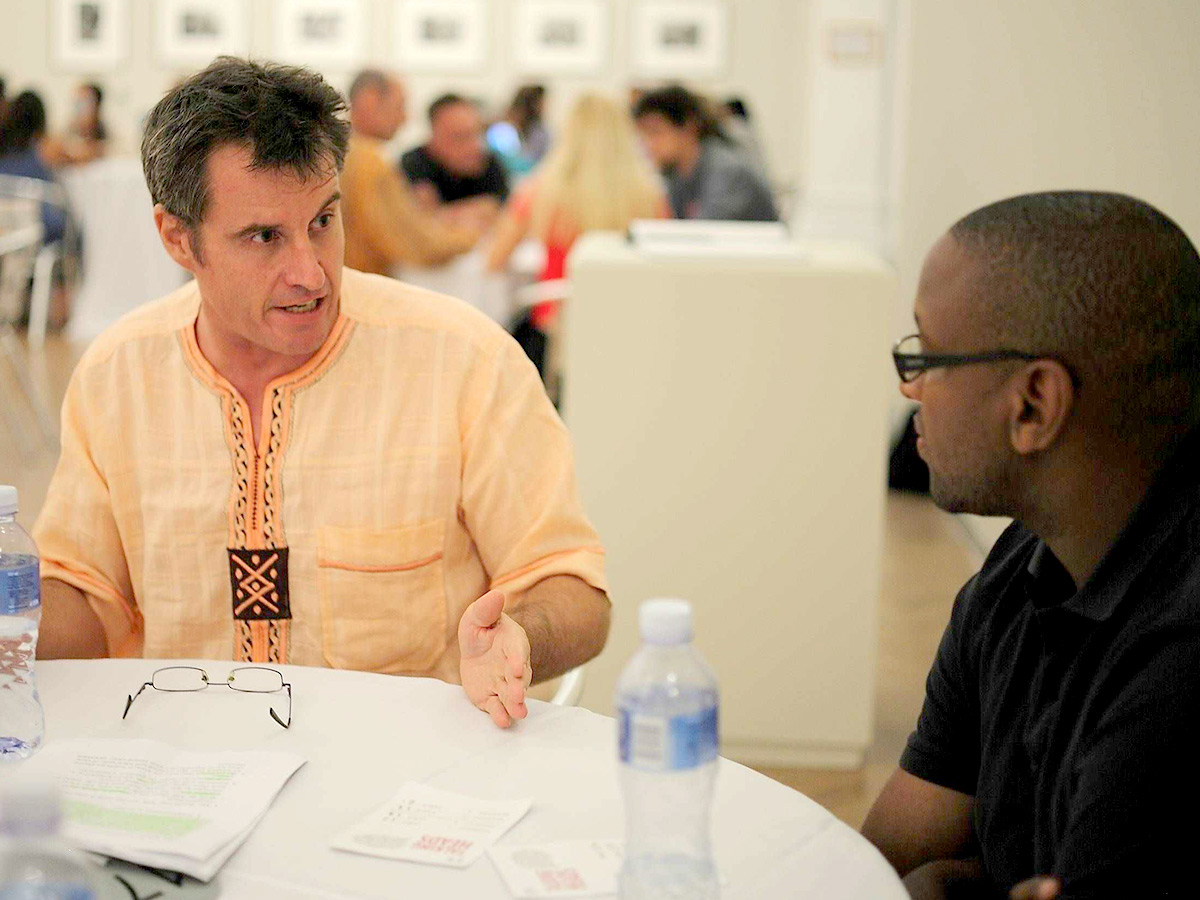
Living Values is a collaboration of several researchers spanning science and humanities disciplines. It combines design research, social science, and philosophy so the topic may be explored from a range of perspectives. The hope is that a clearer view of the topic may be gained by taking an engaged scholarship approach and the project has benefitted from this model.
While this site has been written to most easily connect with the general public, this page shares some of the more detailed “nuts and bolts” of the project.
As a complex issue that involves many factors that are tangible and intangible, real and perceived, involving individuals and organizations alike, our research team has adopted a systemic design approach to address end-of-life decisions, examining the complexity of the whole and the systemic connections of all of its many parts (often referred to as systems thinking). A grounded theory method compliments systems thinking for the exploration of a complex topic like the one we are exploring.
For more on systemic design, see the Systemic Design network: http://systemic-design.net/. Grounded theory was first defined by Glaser and Strauss in the book The Discovery of Grounded Theory in 1967. For a quick primer see: Strauss, A., and J. Corbin. “Grounded Theory Methodology,” In Handbook of Qualitative Research, edited by Denzin, and YS Lincoln, 217–85. Thousand Oaks: Sage Publications, 1994.
Since the project’s inception in November 2014, secondary research has been conducted to produce a literature review that assessed how end-of-life issues are currently being addressed. In March 2015 a point of entry for the current research phase was selected, focused on adults age 18-40 in underserved populations, located in Ohio and Kentucky. For more details, visit the Project page.
The operation of this research combines the use of qualitative methods for learning about existing social and medical systems and participatory design will be employed for the development of design outcomes to impact the problem. Exploratory, primary research is currently underway, where participants in the underserved people group are being interviewed and focus groups are being operated to learn the tangible and intangible components and connections within the end-of-life decisions system. This data will be analyzed in order to parse emotional, physical, financial, cultural, and phenomenological dynamics. Hierarchical, cause and effect, and situational relationships between data points will be assessed. These will inform design charettes where co-created design interventions will be developed with participants in the underserved people group. These outcomes may take the form of service, interaction, or graphic design outcomes, dependent upon what participants deem most effective.
End-of-life decisions are personal—with complex emotional and perceived factors playing significant parts in decision-making. It is a system where services like medical care, community gatherings, religious groups, and personal support networks all intertwine. As a result, our research endeavors to determine the hidden parts of the system and how they relate. We do this with hopes that a systemic approach may affect the problem positively and inform future approaches to addressing complex healthcare issues.
References
Van de Ven, Andrew H. Engaged Scholarship: A Guide for Organizational and Social Research. Oxford University Press, 2007.